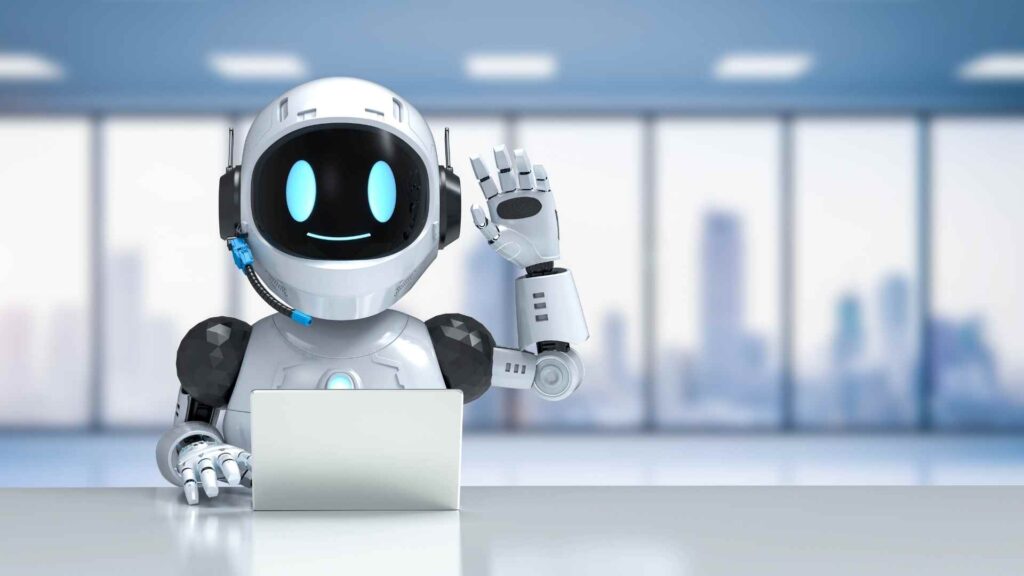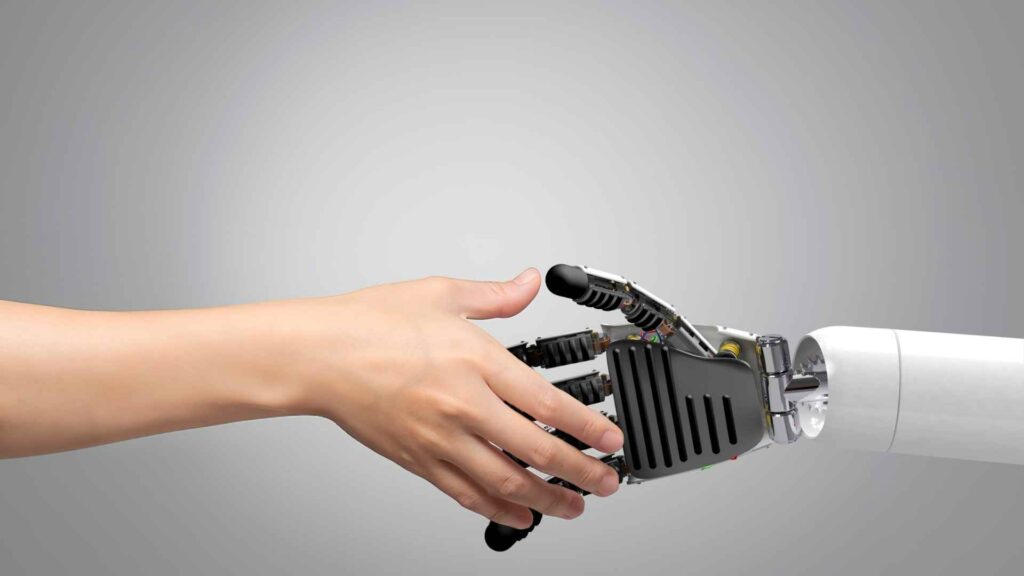
Instagram has transformed from a simple photo app into one of the most data-driven storytelling platforms on the internet. What began as an outlet for creativity and aesthetics is now powered by analytics, automation, and artificial intelligence. As the platform evolves, creators are discovering that AI can do more than recommend filters — it can help build entire content strategies.
The rise of AI-assisted content and personalization has blurred the line between art and algorithm. Today, every scroll, save, and like feeds an intelligent system that learns what audiences love and when they’re most likely to engage. It’s a new age for creators — one that rewards adaptability and strategy as much as originality.
What AI-Assisted Content Really Means

AI-assisted content refers to creative work shaped or supported by artificial intelligence. Whether it’s an algorithm suggesting the best hashtags or tools generating caption ideas, AI is now part of nearly every content workflow.
Many creators use automation strategically — for example, they might regram content from their followers to boost visibility and engagement. With AI tools, this process becomes smarter: the system can identify which posts are worth re-sharing based on metrics like reach, saves, or follower overlap.
Beyond that, platforms like HubSpot and Later show how marketers are embracing AI to analyze audience data at scale. By learning from millions of interactions, these tools can predict what type of post will work best — before it even goes live.
If you’re trying to write smarter captions or experiment with automation, consider studying how human creativity blends with intelligent systems. Insights from a writing service without AI can help you understand the storytelling side of social media before layering on technology.
The Power of Personalization
Personalization is where AI shows its true potential. Instagram’s algorithm now tailors every feed uniquely, so two users rarely see the same sequence of posts. For creators, this means content must feel relevant, authentic, and timely — otherwise it disappears into the noise.
AI tools can track how long users linger on certain photos, what captions they interact with, and what time they’re most active. By reading those signals, the system recommends posts designed to capture attention.
Your visual brand plays an equally important role. Having a consistent Instagram aesthetic helps the algorithm recognize your content faster and helps followers instantly identify your posts. AI can even analyze your feed’s color palette or tone to ensure visual consistency.
High-authority sources like Hootsuite note that personalization is now one of the top drivers of engagement on social platforms. It’s not just what you post — it’s how you make people feel seen.
How AI Shapes Everyday Workflows
AI isn’t the future — it’s the present. Many creators already use tools that analyze engagement, automate captions, or optimize visuals.
Imagine you’re republishing an older post that once performed well. AI can tell you exactly which one deserves a second chance and when to post it. It’s the same logic behind learning to unarchive Instagram posts to give them new life — except this time, the decision is backed by predictive analytics.
The most successful creators combine data with storytelling. They use insights from platforms like Sprout Social to understand their audience, then craft content that connects emotionally.
AI also refines visuals. From automatically balancing lighting to suggesting trending filters, it helps maintain the visual rhythm that audiences expect. Some tools can even suggest photo compositions or captions based on tone and audience interest — turning every post into an informed creative experiment.
Blending Automation with Authenticity
As AI becomes more capable, maintaining authenticity has never been more important. Followers crave personality, humor, and honesty — things no algorithm can replicate.
Creators who use automation responsibly see the best results. They let AI handle the logistics while they focus on genuine interaction. Transparency, for instance, is crucial. Even small acts like learning how to hide activity on Instagram while maintaining openness build trust.
External experts, such as Social Media Today, emphasize that while AI can boost visibility, it’s human emotion that drives loyalty. The balance lies in using data to inform, not replace, your creative instincts.
Audiences don’t want robotic perfection — they want creators who sound real. AI can help you post faster, but authenticity keeps followers coming back.
Ethical and Creative Challenges
The growing role of AI raises important questions. How much data is too much? At what point does personalization invade privacy?
Instagram’s algorithms rely heavily on behavioral tracking, which can make personalization feel uncomfortably precise. Responsible creators must learn how to use insights ethically — always respecting follower boundaries and data privacy.
There’s also a creative risk: when everyone uses the same tools, content can start to look identical. The key is to use AI as a foundation, not a formula. Instead of letting the system decide your voice, treat its suggestions as starting points.
Just as you would adjust your Instagram aesthetic to match your evolving brand, your approach to AI should evolve too. Let automation make your work more efficient, not less unique.
Publications like Forbes warn that creativity can’t be fully outsourced — human intuition remains irreplaceable.
How to Use AI Without Losing Your Voice

To integrate AI effectively, think of it as your creative partner. Use it to gather insights, not dictate your every move. For example, tools that analyze audience data can show you which hashtags perform best, but your tone and story should still sound unmistakably yours.
Experimenting with AI doesn’t mean giving up control. It’s about optimizing what you already do well. If the system suggests posting at a certain time, test it — but also listen to your audience’s feedback.
The same balance applies when you regram posts. Automation can streamline the process, but curating which posts to share still requires taste and empathy.
According to HubSpot, creators who combine AI analytics with authentic engagement see significantly higher follower retention. The formula is simple: let data inform your creativity — not replace it.
The Future of AI and Personalization
Looking ahead, AI’s role on Instagram will grow more advanced and more subtle. We’re moving toward hyper-personalization, where content dynamically adjusts to each viewer’s mood, behavior, or region.
Imagine your caption automatically rewriting itself to fit the reader’s interests or your visuals shifting brightness based on screen type. These aren’t distant possibilities — they’re already being tested by major platforms.
As this happens, creators must double down on human connection. Use tools wisely, but remember what truly resonates: storytelling, authenticity, and community. AI may handle timing and tone, but only humans can create meaning.
Insights from platforms like Sprout Social highlight that audiences value transparency more than ever. The brands that win won’t be the ones with perfect automation — they’ll be the ones that use AI to amplify empathy.
Why Creators Should Care

AI personalization gives creators an edge — but only if they learn to use it intentionally. It helps you reach the right people, but you still need to give them something worth following.
Experiment with automation, analytics, and optimization tools, but always maintain creative oversight. Keep your captions human and your visuals personal. When in doubt, return to basics — your story, your voice, your purpose.
If your engagement feels stagnant, revisit your approach. Analyze when to post, what visuals perform best, and how your audience interacts. Data can guide you, but your instincts should still lead the way.
Consistency is key. Whether you’re refreshing visuals, deciding when to unarchive old posts, or testing a new format, let AI assist without overshadowing your creativity.
Bringing It All Together
The rise of AI-assisted content and personalization marks a turning point for Instagram. Creators now have tools that can analyze, predict, and optimize faster than ever — but the essence of great content remains human.
AI is here to assist, not replace. It can help you craft better captions, refine your visuals, and understand your audience on a deeper level. Yet no algorithm can replicate emotion, humor, or empathy — the things that truly make people stop scrolling.
Use AI to enhance your storytelling, not erase it. The future of Instagram belongs to creators who combine smart tools with genuine connection — those who can read both the analytics and the room.




